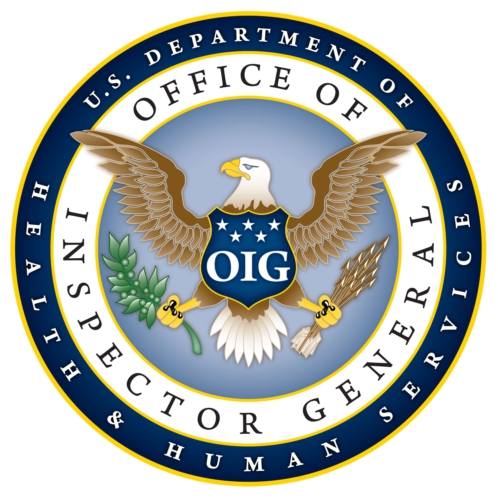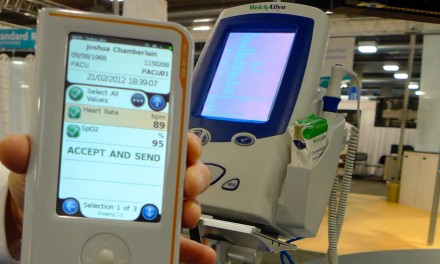For as long as I've been in the industry, hospitals have on again/off again relationship regarding single vendor solutions versus best of breed. There are clearly advantages to a well designed comprehensive solution with a common user interface that is tightly integrated. Sadly, as markets have advanced and products become more comprehensive, many vendors' solutions are cobbled together from numerous product acquisitions. This worst case scenario only provides a "one throat to choke" customer service advantage - and even that can be reduced when the customer has high changing costs and lacks the money to make good on the implied threat of really choking that one throat.
Best of breed on the other hand can place hospitals in the unwanted position of being systems integrators or watching vendors point fingers at one another when problems arise. This whole dynamic is changing due to the evolution of information technology. Automation is becoming so pervasive that it is becoming a practical impossibility to provide a single solution. And in response, IT architectures have been using a new category of software called middleware.
Advance for Health Information Executives has a story on middleware used in laboratory information systems. Message and event management at the point of care is another area where middleware is gaining a hold in the market. Companies like Emergin, Ascom, and GlobeStar manage events and messages between sending and receiving systems and users, mediating who gets what message and how, based on rules defined by the customer.
The general lack of understanding about middleware in hospitals, and the continued preference for that one individual throat, has slowed adoption. In highly automated industries outside health care, middleware is a frequently used tool. And you can be sure that health care vendors across the board are adopting middleware into their own products.




Recent Comments